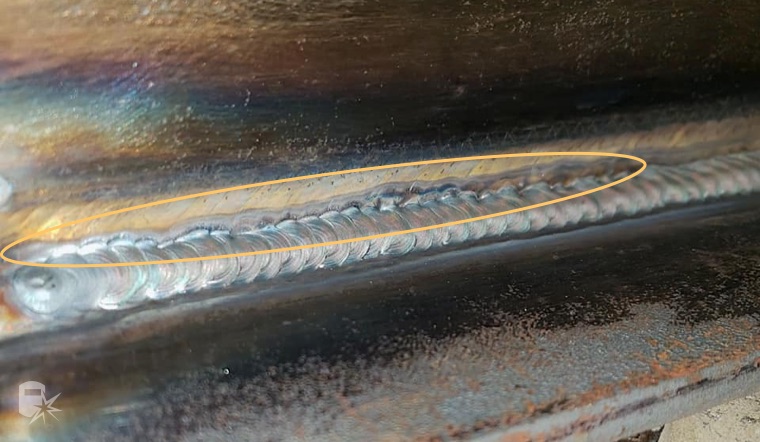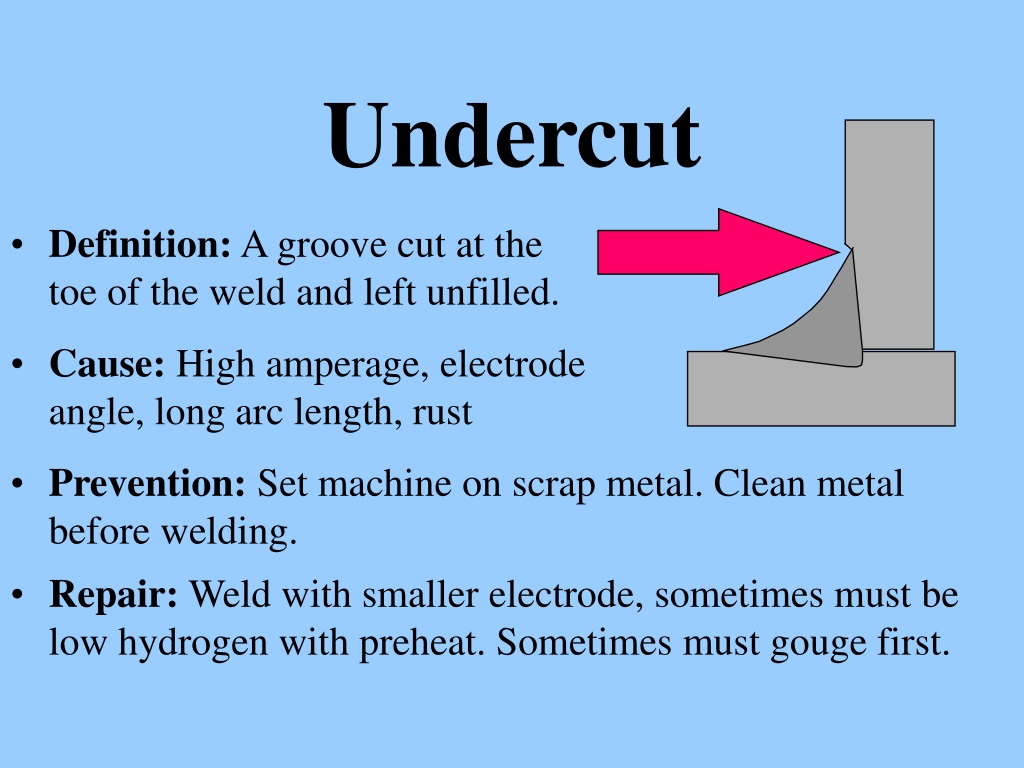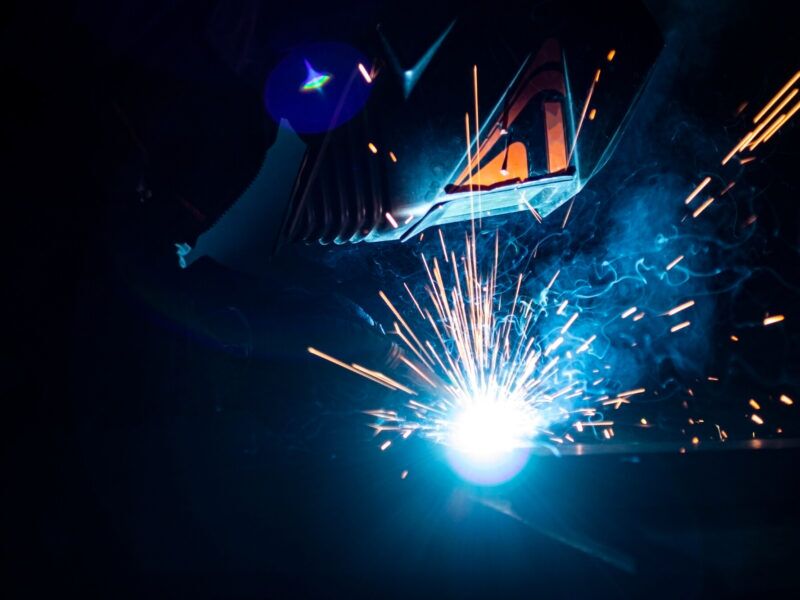Crucial Tips for Welders: Stopping Undercut Welding and Ensuring Stronger Weld Joints
In the world of welding, achieving solid and resilient weld joints is the foundation of creating top quality job. One typical difficulty that welders typically come across is undercut welding, which can compromise the integrity of the weld joint.

Comprehending Undercut Welding
Undercut welding is an usual welding problem that takes place when the weld metal stops working to properly fill up the groove and leads to a groove-like depression along the weld grain. This defect compromises the weld joint, making it at risk to splitting and failing under anxiety. Damaging can be caused by numerous factors, including excessive welding existing, high welding rate, improper electrode angle, incorrect electrode size, and poor welding technique.
Among the main reasons for undercut welding is a discrepancy between the welding current and the welding rate. If the welding current is expensive or the welding rate is also fast, the weld steel may not sufficiently load the groove, leading to damaging. Furthermore, making use of an electrode that is too large can cause a comparable outcome, as the excess metal can not properly move right into the groove.
To avoid undercut welding, welders need to ensure they are using the proper welding specifications, preserve an appropriate electrode angle, choose the proper electrode size, and method appropriate welding methods. By resolving these elements, welders can lessen the danger of damaging and create stronger, extra dependable weld joints.
Correct Welding Technique
Efficient welding technique plays a vital function in making sure the top quality and integrity of weld joints. One essential element of proper welding technique is keeping the correct angle and range in between the welding weapon and the work surface.
Additionally, a steady and consistent hand activity is vital for creating solid and long lasting weld joints. Welders ought to intend for smooth, consistent activities to guarantee also circulation of the weld material. Proper manipulation of the welding gun and filler product is additionally vital to attaining optimum infiltration and fusion.
In addition, managing the warm input and picking the proper welding parameters based upon the material being bonded are essential elements in accomplishing top quality welds - Preventing weld undercut. Welders must adhere to the recommended setups offered by welding procedure specs and adjust them as needed based on the certain demands of the project. By mastering appropriate welding methods, welders can dramatically boost the strength and integrity of their weld joints
Picking the Right Electrode
When thinking about the importance of selecting the right electrode in welding applications,Preserving the correct angle and range in between the welding weapon and the work surface is basic. The selection of electrode plays a critical duty in figuring out the top quality and strength of the weld joint. Electrodes are available in numerous types, each designed for certain purposes and materials.
First of all, selecting the proper electrode diameter is important. Thinner electrodes are suitable for welding slim materials, while thicker electrodes are better for thicker materials and higher warm applications. Matching the electrode diameter to the density of the workpiece assists achieve a balanced weld.
Second of all, understanding the product structure of the electrode is important. Different electrodes are designed for welding certain materials like steel, stainless steel, light weight aluminum, or cast iron. Using the proper electrode material makes certain excellent combination and minimizes the threat of problems in the weld.
Last but not least, considering the welding setting and technique is important when picking the electrode kind. For example, particular electrodes are better fit for upright or overhanging welding settings, while others work well for level or horizontal settings. Choosing the right electrode based upon the welding strategy improves the general weld quality and stability.
Preparing the Base Metal
To ensure an effective welding process, what first actions should be taken when preparing the base metal for welding? In addition, any type of existing news weld material or deposit from previous welding should be eliminated to guarantee a tidy surface here are the findings for the new weld.

Carrying Out Post-Weld Inspections

After performing these evaluations, welders must contrast the outcomes versus market requirements and job demands to make sure that the weld joint meets all essential requirements. Any kind of deviations or insufficiencies uncovered during the post-weld evaluation ought to be without delay resolved via appropriate restorative steps to assure the weld's integrity. By faithfully carrying out post-weld inspections and without delay attending to any type of issues, welders can maintain the high quality and reliability of their work, eventually adding to the safety and durability of the welded frameworks.
Conclusion

Finally, protecting against undercut welding and guaranteeing stronger weld joints require a combination of proper welding strategy, picking the ideal electrode, their website preparing the base steel correctly, and performing post-weld examinations. By understanding the sources of undercut welding and executing the necessary precautions, welders can generate high-quality weld joints that meet industry requirements and ensure the structural integrity of the welded components.
Undercut welding is a typical welding flaw that takes place when the weld steel fails to appropriately fill the groove and results in a groove-like clinical depression along the weld bead (Preventing weld undercut). Undercutting can be triggered by numerous factors, including too much welding existing, high welding rate, inappropriate electrode angle, inaccurate electrode size, and bad welding technique
One of the major factors for undercut welding is a discrepancy in between the welding existing and the welding rate. If the welding current is also high or the welding rate is too quick, the weld steel might not effectively load the groove, leading to damaging.Keeping the right angle and distance between the welding gun and the work surface is essential when thinking about the relevance of choosing the best electrode in welding applications.
Comments on “Expert Methods for Preventing Weld Undercut Efficiently”